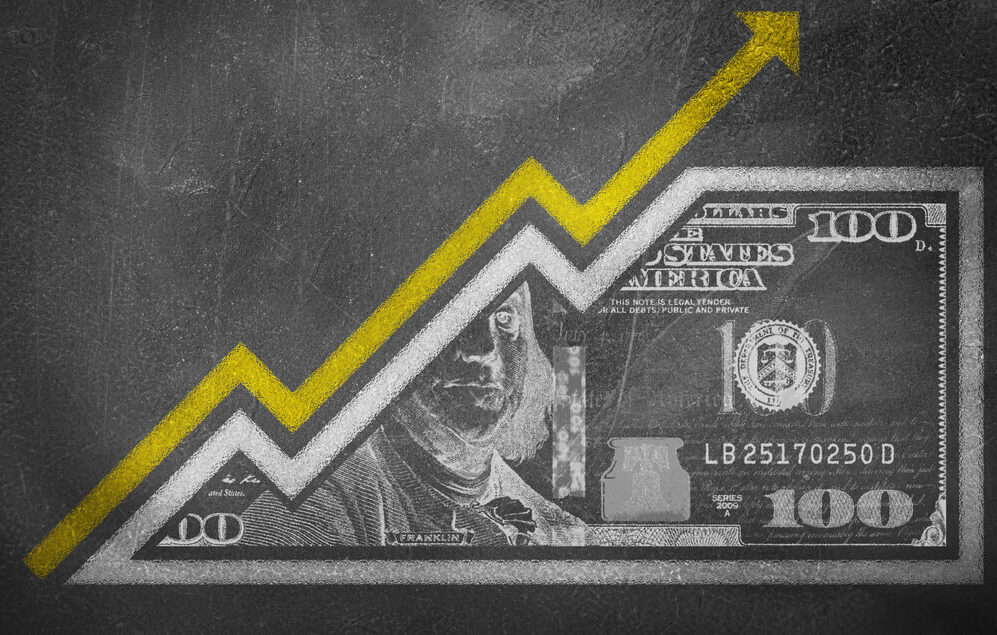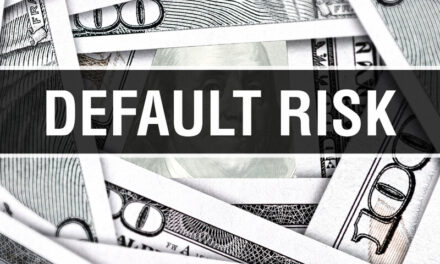The Federal Reserve has no plans to stop its unprecedented support of the economy and financial markets as the country continues to climb out of the coronavirus morass, but what does the Fed’s plan mean for the stock market?
“The Fed is telling investors there is no hope for savers and income investments will remain a distant memory.”
“The ongoing public health crisis will weigh heavily on economic activity, employment and inflation in the near term and poses considerable risks to the economic outlook over the medium term,” the Fed’s latest statement released Wednesday said.
Because of the ongoing uncertainty surrounding the coronavirus’ impact on economic activity, the U.S. central bank signaled it will keep its key interest rate near zero through 2022. The interest rate is sitting in the 0% to 0.25% range after the Fed slashed it earlier this year.
Banyan Hill Publishing Chartered Market Technician Michael Carr noted that Fed Chair Jerome Powell’s notion that the central bank is “not even thinking about raising rates” means it’s worried about the economy’s future.
“The economy, in the eyes of the Fed, has fallen and the central bank is worried that it can’t get up,” said Carr, economist and editor of
As far as GDP goes, the Fed forecasts 2020’s gross domestic product to sink 6.5% in 2020, but it expects it to bounce back 5% next year.
Carr says the 6.5% projection, driven by near zero rates, is “even more pessimistic” than “many economists.”
But it’s not all bad.
What Does the Fed’s Plan Mean for the Stock Market?
“The Fed is telling us that the economic news is bad, but they have a plan,” Carr said.
The economic recovery has been a hot topic of debate of late as the country slowly reopens after the coronavirus lockdown, and Powell said the forecasts were made with the “general expectation of an economic recovery beginning in the second half of this year and lasting over the next couple of years, supported by interest rates that remain at their current level near zero.”
Here’s a look at the Fed’s projections for some of the biggest economic indicators, starting with 2020, followed by the next two years and the long-run forecast, per CNBC:
- Fed funds rate: 0%-0.25% through 2022, with the long-run rate at 2.5%
- GDP: -6.5% in 2020, 5%, 3.5%, 1.8%
- Unemployment: 9.3%, 6.5%, 5.5%, 4.1%.
- Headline inflation: 0.8%, 1.6%, 1.7%, 2%.
- Core inflation: 1%, 1.5%, 1.7%.
So what does the Fed’s plan mean for a stock market that has experienced a surge off March lows thanks to its continued monetary support?
“It’s bullish (for stocks),” Carr said. “The Fed is telling investors there is no hope for savers and income investments will remain a distant memory.”
So what does that mean for the long- and short-term?
“If the Fed provided investment strategies, they would be telling long-term investors there is no alternative to stocks,” Carr said. “They would also be telling short-term investors there is no plan for the short-run, so we should expect volatility.”
The Fed added it will continue its bond purchases by targeting $80 billion in Treasurys and $40 billion in mortgage-backed securities per month.
So while the economy is in rough shape, the Fed seems to have a plan that could be a boon for investors that are already reaping huge rewards from the recent stock market boom.
And so we’ll leave you with this tweet of the day, via Northman Trader founder Sven Henrich, which was a bit of a self-fulfilling prophecy.
Powell preview: We won’t stop printing until billionaires are trillionaires.
— Sven Henrich (@NorthmanTrader) June 10, 2020




